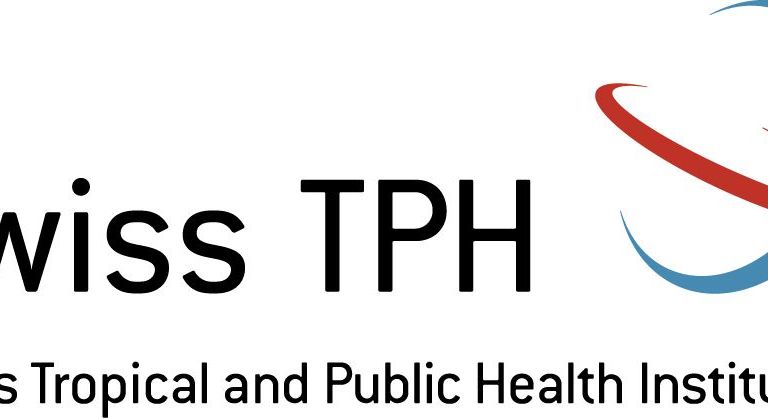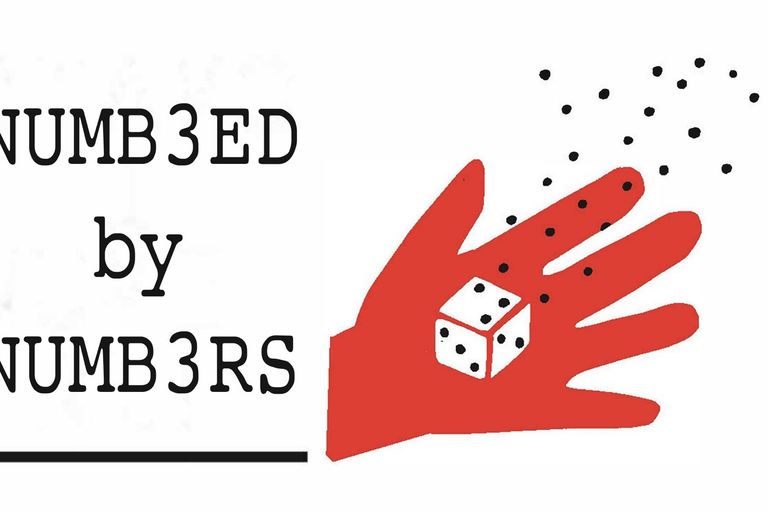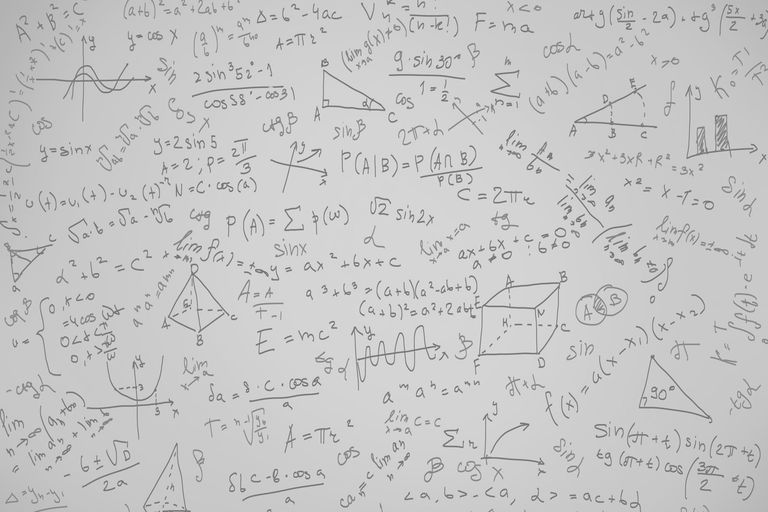
Biostatistician 60–100%
The Swiss Tropical and Public Health Institute (Swiss TPH) is looking for a Biostatistician to join their Unit of Biostatistics

An interactive exhibition on the fascinating world of numbers and data
A '3D' journey between Digits (mathematics), Dice (probability) and Data (statistics, Data Science, Big Data).

SCNAT finanziertes Projekt für 2024
Plattform zur Ausbildung der nächsten Generation von (statistischen) Gutachtern und Experten
Bild: Robert_Kneschke, stock.adobe.com
Mats Julius Stensrud gewinnt den Lambert-Preis 2023
Valérie Chavez, Präsidentin der Lambert-Preisjury, überreichte Mats seinen Preis während der Schweiizer Statistiktage in Basel.
Bild: denisismagilov, stock.adobe.com